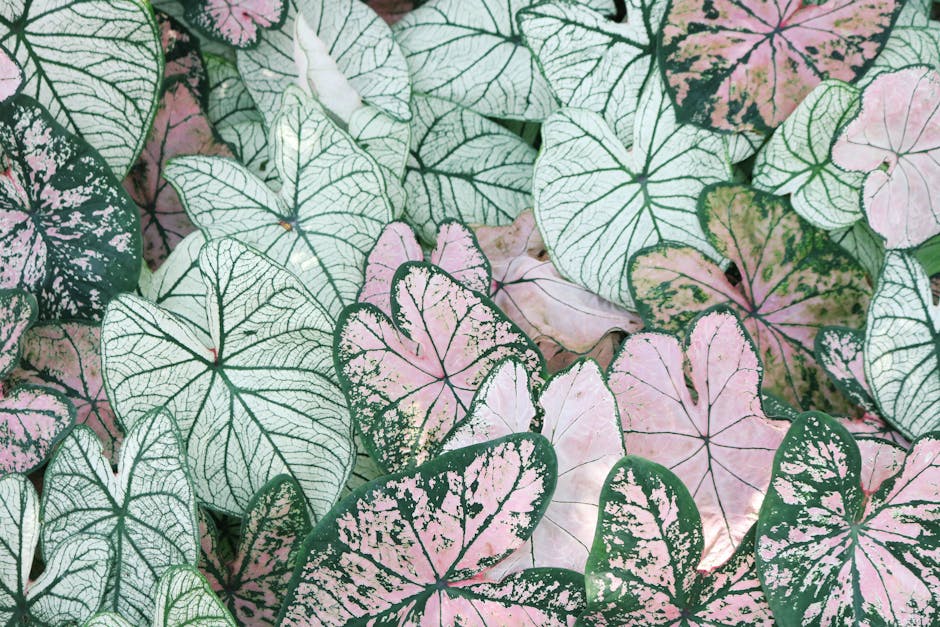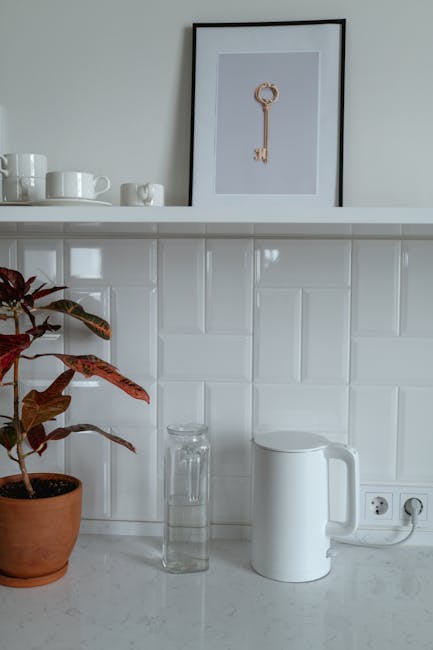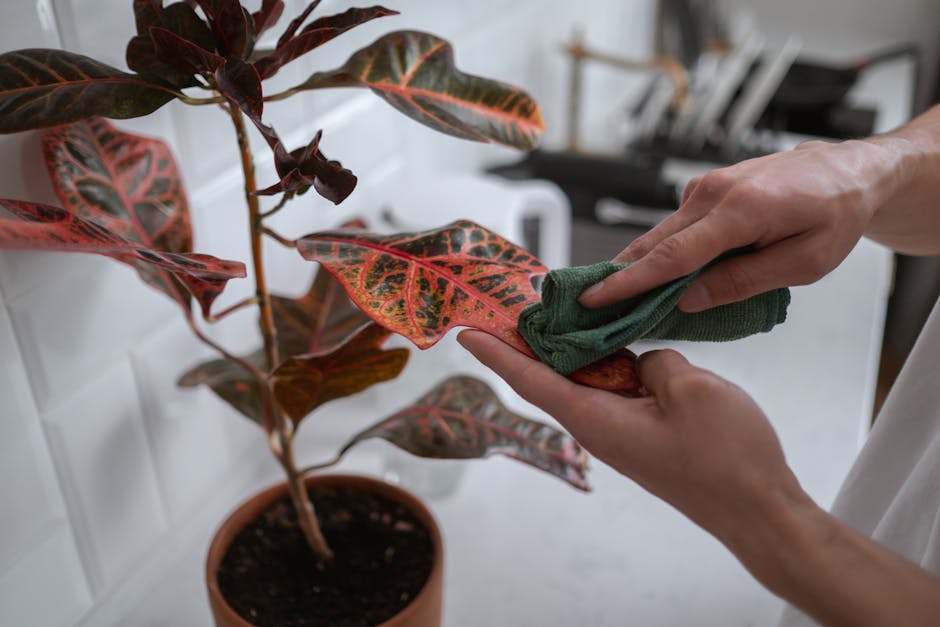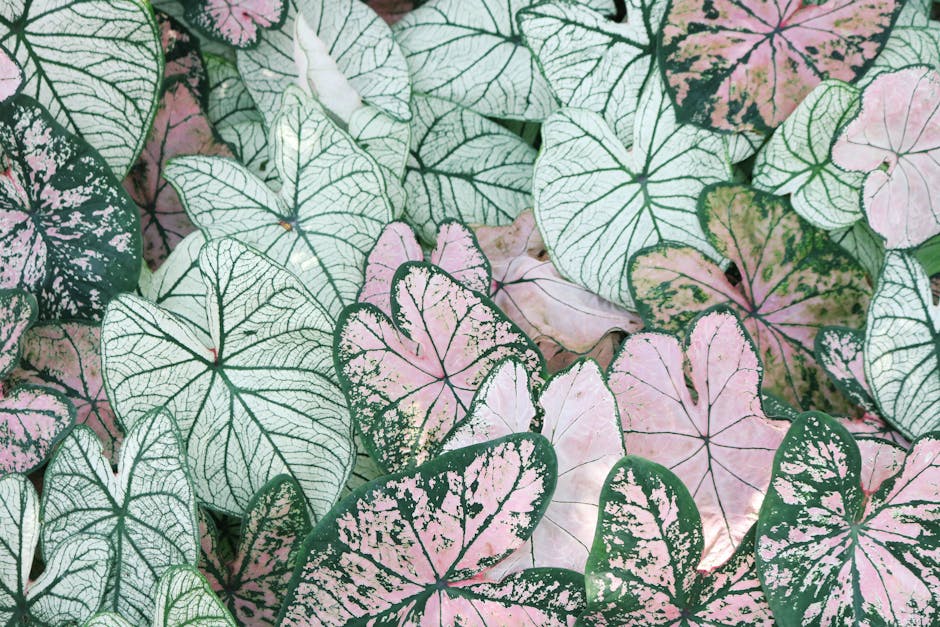Caladium Plants: A Comprehensive Guide to Growing, Caring For, and Showcasing These Vibrant Beauties
Caladiums, with their heart-shaped leaves boasting a kaleidoscope of colors and patterns, are a gardener’s delight. These captivating plants, belonging to the Araceae family, bring a vibrant touch to any indoor or outdoor space. This comprehensive guide will delve into every aspect of caladium cultivation, from selecting the perfect variety to troubleshooting common problems, ensuring your caladiums thrive and add a splash of tropical flair to your surroundings.
Understanding Caladium Varieties: A Spectrum of Color and Form
The beauty of caladiums lies in their incredible diversity. Hundreds of cultivars exist, each boasting unique combinations of colors, patterns, and leaf shapes. Broadly, they are categorized based on leaf size and shape:
- Fancy Caladiums: Characterized by their large, heart-shaped leaves with striking color combinations and patterns. These are popular choices for both containers and garden beds.
- Strap-leaf Caladiums: These caladiums feature long, narrow leaves, offering a different aesthetic compared to their fancy counterparts. They often exhibit vibrant color variations along the length of the leaves.
- Miniature Caladiums: Perfect for smaller spaces or container gardening, these varieties offer the same vibrant colors and patterns as larger varieties but on a smaller scale.
When choosing a caladium variety, consider the overall aesthetic you want to achieve. Some popular varieties include ‘White Christmas,’ known for its white leaves with green veins, ‘Red Flash,’ showcasing intense red coloration, and ‘Carolyn Whorton,’ a stunning variety with pink and green markings. Explore local nurseries or online retailers to discover the vast array of available cultivars.
Planting and Growing Caladiums: From Tuber to Thriving Plant
Caladiums grow from tubers, which are essentially underground stems storing nutrients. Planting these tubers is the first step towards creating a vibrant display. Follow these steps for optimal growth:
- Choose the Right Time: Plant caladium tubers after the last frost in spring, when the soil has warmed sufficiently. The ideal soil temperature should be around 70°F (21°C).
- Prepare the Soil: Caladiums thrive in well-drained, slightly acidic soil (pH 5.5-6.5). Amend heavy clay soils with compost or other organic matter to improve drainage.
- Planting the Tubers: Plant the tubers with the pointed end facing upwards, about 4-6 inches deep and spaced 6-12 inches apart, depending on the variety.
- Watering: Water thoroughly after planting and maintain consistently moist soil throughout the growing season. Avoid overwatering, as this can lead to root rot.
- Sunlight: Caladiums require bright, indirect sunlight. Direct sunlight can scorch their delicate leaves. Morning sun with afternoon shade is ideal.
Caladium Care: Maintaining Vibrant Growth and Color
Providing proper care is essential for maintaining the health and vibrancy of your caladiums. Here’s a detailed care guide:

Watering and Fertilizing:
Maintain consistently moist soil but avoid waterlogged conditions. Water deeply and regularly, especially during hot and dry periods. Fertilize every 2-4 weeks with a balanced, water-soluble fertilizer, diluted to half strength. Stop fertilizing once the leaves begin to yellow in late summer.
Pest and Disease Management:
Caladiums are relatively pest-resistant but can be susceptible to aphids, spider mites, and fungal diseases like leaf spot and root rot. Regularly inspect your plants for pests and diseases. Treat infestations promptly with insecticidal soap or neem oil. Good air circulation and avoiding overhead watering can help prevent fungal diseases.

Overwintering Caladiums:
Caladiums are not frost-hardy and will die back in cold temperatures. In areas with freezing winters, dig up the tubers before the first frost. Allow them to dry for a few days, then store them in a cool, dry, dark place in peat moss or vermiculite until spring.
Displaying Caladiums: Enhancing Your Garden or Interior
Caladiums are versatile plants that can enhance various settings. Their vibrant foliage makes them a striking addition to:
- Shade Gardens: Caladiums thrive in shady areas, bringing a burst of color to otherwise subdued spaces.
- Container Gardens: They are ideal for containers, allowing for easy placement and rearrangement to enhance patio, deck, or balcony spaces.
- Mixed Borders: Combine caladiums with other shade-loving plants to create a visually appealing and diverse planting scheme.
- Indoor Displays: Caladiums can be grown successfully indoors, provided they receive sufficient indirect light and humidity. Consider grouping them in attractive pots or hanging baskets.
Troubleshooting Common Caladium Problems
Even with proper care, caladiums can sometimes encounter problems. Here are some common issues and their solutions:

- Yellowing Leaves: This can indicate overwatering, underwatering, nutrient deficiency, or disease. Adjust your watering schedule, fertilize if necessary, and check for pests or diseases.
- Leaf Scorch: This is often caused by too much direct sunlight. Provide more shade or move the plants to a less sunny location.
- Root Rot: This is caused by overwatering and poor drainage. Ensure your soil is well-draining and avoid overwatering.
- Pest Infestations: Regularly inspect your plants for pests and treat them promptly with appropriate methods.
By understanding the unique needs of caladiums and following these care guidelines, you can cultivate these stunning plants and enjoy their vibrant beauty for years to come. Their captivating foliage and versatility make them a worthwhile addition to any gardener’s repertoire.

